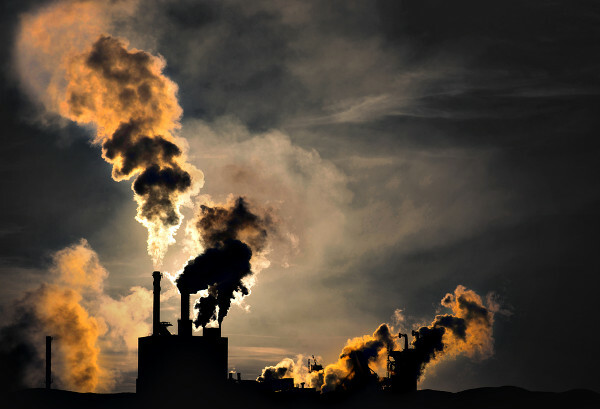O dioxideinsulfur, or sulfur dioxide, is a gas mainly from human activity, such as the burning of fossil fuels and industrial activities, which may also originate from volcanic activities.
One of its main industrial applications is in the process of productionofacidsulfuric. Sulfur dioxide has the chemical formula ONLY2 and is classified with a oxide within the inorganic functions we know.
Read more: Learn more about superoxides
properties
Sulfur dioxide, with a melting temperature around -72°C and a boiling temperature of -10°C, is found in a gaseous state at room temperature. it's a gas colorless, dense, noflammable is enough soluble in water. It is considered a toxic gas and harmful to both human health and the environment.
Structure
Sulfur dioxide is a compoundcovalent (formed by two ametals) and its structural formula is composed of two atoms of oxygen bonded to an atom of sulfur, in angular geometry – which explains its polar characteristic and, therefore, its high solubility in water.

Sulfur dioxide and air quality
The emission of sulfur dioxide into the atmosphere is directly linked to acid rain, which affects the environment in several ways: it hinders the reproduction and growth of plants; affects the pH of river water, thus harming fish population growth; in addition to corroding materials, affecting monuments and buildings in urban centers.
As it is a gas that is harmful to the environment and human health, sulfur dioxide was incorporated into the air quality parameters through a decree instituted by the National Environment Council (Conama).

These parameters, according to Conama, are instruments that allow better management of atmospheric air quality, defining values of concentrationshighsallowed for various pollutants, thus preserving the environment and the health of individuals in relation to the problems caused by atmospheric pollution.
In Goiás, for example, the Department of the Environment established through a decree that the average permitted concentration of sulfur oxides, in general, during the year, is 60 μg/m3, and the maximum daily concentration is 200 μg/m3.
Read too: Acid rain: origin, how it is formed, occurrence in Brazil
Sulfur Dioxide and Health Effects
Sulfur dioxide is a gastoxic which mainly affects the mucous membranes, acting on the respiratory system and in the eyes, causing irritation. The main symptoms that appear when contacting the OS2 are: cough, nausea and eye irritation.
In high concentrations, it can cause effectsmoresevere, such as burns, heart problems, breathing difficulties, causing acute inflammation in the respiratory system.
By Victor Ferreira
Chemistry teacher
Source: Brazil School - https://brasilescola.uol.com.br/quimica/dioxido-enxofre.htm
